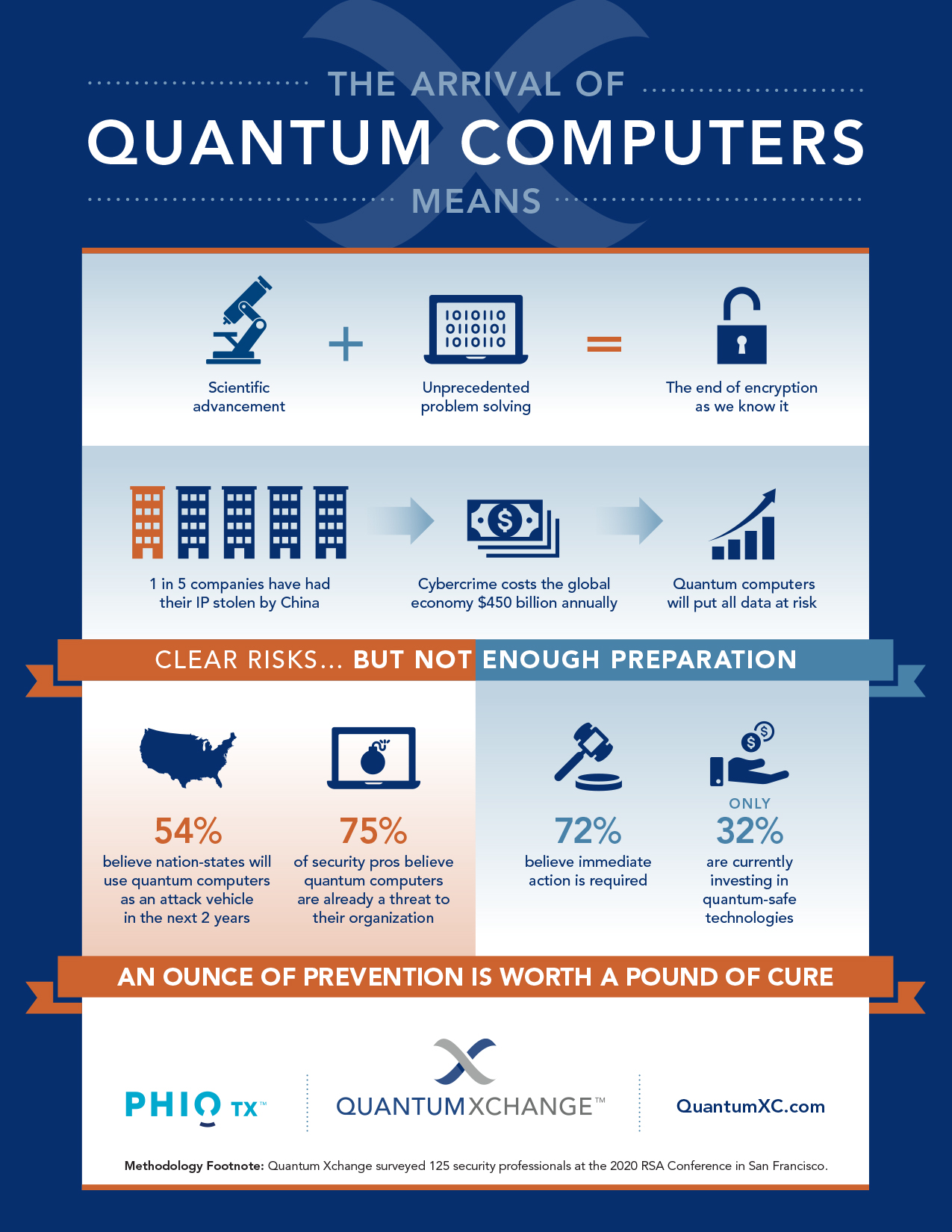The emergence of quantum computing has been heralded as a transformative milestone akin to the dawning of the Internet era. With the realm of possibilities stretching far beyond classical computing, the anticipation surrounding the public utility of quantum computers has reached a crescendo. Yet, the question remains: when will these enigmatic machines be wielded by the general populace? To explore this query, it is imperative to navigate through the current landscape of quantum technology, delineate its anticipated advancements, and ultimately forecast its integration into everyday life.
Firstly, to comprehend the timeline of public access to quantum computing, a nuanced understanding of the technology and its underlying principles is essential. Quantum computers operate on quantum bits, or qubits, which significantly diverge from the binary essence of classical bits. This qubit architecture allows quantum computers to process exponentially more information simultaneously, thereby exponentially increasing computational power. A metaphor to elucidate this concept is to envision classical computers as a vast library organized with countless books (nodes) that can only be read sequentially. In contrast, quantum computers resemble an immense universe where countless alternative realities coalesce, culminating in solutions that classical systems may require eons to decipher.
Realizing the full potential of quantum computing is heavily contingent upon overcoming formidable challenges. Quantum coherence—the ability of qubits to maintain their quantum state—is notoriously fragile, susceptible to decoherence and noise. Thus, an array of research endeavors is dedicated to enhancing qubit fidelity, error correction, and overall robustness of quantum systems. Companies and research institutions around the globe are vehemently exploring diverse qubit implementations, including superconducting circuits, trapped ions, and topological qubits. The ongoing battle against quantum noise is akin to taming a tempestuous storm, where fortitude and innovation will be requisite for harnessing a calm within its eye.
As of the present moment, various organizations have developed prototype quantum processors, ranging from Google’s Sycamore processor to IBM’s Quantum Hummingbird. Yet, even with significant breakthroughs, practical applications that engender public usage remain elusive. Current implementations are mostly confined to research laboratories, and comprehensive frameworks for commercial deployment are still lagging. The inception of cloud-based quantum computing platforms, such as IBM Q and Amazon Braket, marks a pivotal step towards democratizing this technology. These platforms are akin to a virtual highway into the quantum realm, offering users the ability to run quantum algorithms remotely. However, users are primarily researchers and developers, suggesting that the average consumer is still relegated to the fringes of access.
Looking ahead, the anticipated advent of quantum advantage—the point at which quantum computers surpass classical counterparts in solving practical problems—may occur within the next decade. Projections suggest that once this threshold is crossed, quantum computing will transition from the realm of niche academic inquiry to a cornerstone of technological innovation. Industries such as pharmaceuticals, finance, materials science, and cryptography stand to benefit immensely. For instance, quantum algorithms could expedite drug discovery processes by simulating molecular interactions with unparalleled accuracy, revolutionizing the healthcare landscape.
Nevertheless, the proliferation of quantum computing will invariably lead to socio-economic ramifications. Questions of accessibility and equity will emerge, as only a fraction of organizations will have the capital to invest in quantum infrastructure initially. This phenomenon resembles the early days of personal computing, where access was primarily limited to affluent entities and academic institutions. Thus, it becomes imperative to cultivate initiatives aimed at disseminating quantum knowledge and fostering inclusivity in this burgeoning field. Educational programs, collaborative research, and governmental incentives can bridge the chasm, allowing a diverse array of individuals to contribute to and benefit from quantum advancements.
As foreboding as it may seem, geopolitical considerations loom large in the quantum arena. Countries are quietly embroiled in a race to achieve quantum supremacy, given the overarching implications for national security and economic hegemony. The quest for quantum superiority is reminiscent of the space race, where investment and innovation drive the narrative. Nations that successfully harness quantum technology can wield it as both a tool and a weapon, exacerbating global tensions as they vie for technological dominance. Consequently, international collaborations and treaties focused on the responsible development of quantum resources may be paramount as this powerful technology continues to evolve.
In conclusion, the public utilization of quantum computing remains a tantalizing prospect perched tantalizingly on the horizon. The momentum built from recent advancements heralds a future where these powerful systems could fundamentally alter the fabric of society. However, the journey is laden with obstacles, necessitating an amalgamation of innovation, equitable accessibility, and global cooperation. Astute observers will watch with bated breath as the convergence of these elements paves the way for quantum computing’s introduction into the public domain. As the adage goes, the dawn may be approaching, but the exact timing of its arrival remains cloaked in the uncertainty woven into the very fabric of quantum mechanics itself.












